|
A year begins with John Whelan (pictured above) and myself sketching out a project plan and ends with an accumulation of Chaplin books: most of the pages well thumbed and words digested; some semblance of meaning extracted for artful purposes. But for a long period of time, I subscribed to the view that Buster Keaton out-classed Charlie. There is still a snobbish tendency to belittle the "Little Fellow," regarding his playful anarchy as a mere slap and dash; although, fair to say, this primal quality holds true to the early Keystone films. Funding permitting, a major arts project in 2019 will redress this balance and more. John and I want to commission ten artists, all working in different media, to explore the contemporary relevance of Chaplin's life, politics and films; rooting this in the community context of Lambeth and Southwark where he was born and bred. Imagine a month long festival of Chaplin-inspired art! We want to build on the Arts Council funded, The Melodramatic Elephant in the Haunted Castle (2017), where we imagined Chaplin meeting Michael Caine outside the Coronet Theatre in the Elephant and Castle. Reading The Tramp's Odyssey, I was particularly moved by an interview Chaplin gave to a journalist from the New York Times in 1920. Chaplin was by this stage a global film star. His iconic image had evolved from the Satyric drunk into a rounded character who could command the high notes of comedy and the lows of pathos. The Kid in all its majesty was around the corner, arguably his first masterpiece. Chaplin had also become mega-wealthy and powerful, calling all the creative shots in his own studio. But only a few years before he was a struggling performer on the stage, having endured the hardships of childhood in slum-torn Walworth and Kennington. Chaplin's parents were both music hall performers: his alcoholic father had abandoned the domestic life; his mother would suffer from psychosis. With no parents to look after Charlie and his brother Sydney, they both spent time in the workhouse. In the interview, Chaplin recounts Christmas as a seven year old at the Central London District School for Paupers. Presents were being lined up on a table for the young inmates: tin watches, bags of candy, picture books. Chaplin had his eye on one particular object, a "big fat red apple". He had never seen such a beautiful fruit before and perhaps was motivated by a hunger that the institutionalised food could not meat/meet. When he was approaching the front of the queue, an elder pushed him out of the line and took him back to his room. Chaplin was haunted by these brutal words: "No Christmas present for you this year, Charlie - you keep the other boys awake by telling pirate stories." As it's the season of goodwill, let us rewrite history and surround Chaplin with apples and exotic fruits galore. The photo above shows the seven-year-old Chaplin (middle centre, leaning slightly) at the Central London District School for paupers, 1897. Reproduced from Wikimedia Commons. What were those pirate stories Chaplin told his peers and which got up the snooty noses of the authorities? We can visualise him acting out cut-throat characters, obsessed by trinkets of gold. Perhaps this play had an element of the outsider, the Tramp that was to be. I am also paying my own black and white homage to Chaplin with the following series of photos. Fade in to the Church on the High Street, Willesden, the year of the Second Millennium. A cleric is fighting a losing battle to the world outside but maintains his sense of humour. The Tramp wanders into shot with a new bowler hat, baggy trousers and overripe boots that was bequeathed to him down at the Clothes Bank. He is seated on the wall oblivious to the sign above his head. He tries to make eye and smile contact with each passer by. They avoid him like the plague. The Tramp suddenly screams in silence. There is an attack in his jacket breast pocket. A circus of fleas from the previous owner of the suit? No! He pulls out a....... The title card reveals it is merely the ringtone of a new fangled mobile phone. Welcome to the year of Chaplin, 2019.
2 Comments
It was both a jubilant and poignant event held at the Coronet on New Year's eve and morning, 2017-18. Breakin Science put on a festive spirit of drum and bass, jungle and garage acts across 5 arenas. They rocked the sold out house with around 2,800 party goers in attendance. The Coronet, after 146 distinguished years of theatre, cinema and latterly music and club events, was closing its doors for the final time at this event. This section of the Elephant and Castle, that takes in the shopping centre, is scheduled for demolition and regeneration over the coming years. I arrived at the venue around 11pm, pacing myself for the morning ahead as the event would finish at 6pm. Samantha Porter, the General Manager of the Coronet, kindly added me to the house list and as we greeted each other at the walkthrough metal detector, I asked her if she would be free at all, for a quick interview. Probably not. She was focused on all the dynamic tasks at hand in running the venue. We got a full sense of this in an interview recorded with Sam in June 2017. In fact, it seemed fitting, given the theatrical origins of the building, that the last time I would see Sam at the Coronet, was around 3am, when I went out to the railway arches section of the venue and entered a space that was curtained off. I wasn't sure whether this was being used as another of the music spaces. I saw Sam kneeling over a man who was prostrate and with two paramedics in attendance. She ushered me away. I attended the event as both party goer, film maker and also dressed as I was in 1940s suit, overcoat and trilby, almost as a performance artist in my own right. I wanted to connect back to the melodramatic origins of the theatre and the recent Arts Council funded project about the first actress-manageress of the theatre, Marie Henderson. She ended her life in Bedlam, the mental hospital, after she lost all her theatrical costumes when the theatre burnt down in 1878. My clothing went down a storm, although there were one or two niggly moments with young men. One in particular, for perhaps understandable reasons, demanded that I delete any footage of him. Did he think I was a not so undercover Sam Spade or a film making gangster in-yer-face? He grabbed my hat in a threatening manner, but after we chatted and I took a photo of him on his mobile wearing my hat, the respectful fist bump followed. While I enjoyed listening to all the talented musicians, it was Nu Elementz with Grima and Azza who caught my attention. I suspect that was partly due to the emotional quality of their work, including heartfelt tributes to the Coronet and DJ Dominator who had passed away earlier in the year. In the quieter zones away from the main arena, especially in the VIP lounge, there was a lot of fine dancing taking place. The new kids on the block were showing me the electro shuffle steps that I might be able to incorporate into a dance project I have in mind for my art residency at Silchester Estate. The Coronet will always live in the memory of those who connected with this unique cavernous space that has provided entertainment and art for many generations. This film record of the last night will be deposited in Southwark Archives with other material so that future generations can make a connection with the legacy of the Coronet.
I met up with the director of Rumpus Productions, Santiago Genochio, ahead of partying at the Islington Metal Works on 1 December. I had dusted off my 1940s suit and hit the dance floor (sketching en route, much to the interest of revellers) with an energy that had seemingly been transferred from Santiago and the amazing events he and his team have been putting on for the past 8 years. His interview was a fascinating insight into the art of running successful interactive party events. Five of these have taken place at the Coronet and the 2014 event Frontiers was featured as part of The Melodramatic Elephant in the Haunted Castle play and upcoming art exhibition at The Art Academy Gallery from 9-20 December 2017.
"I grew up on a farm in the middle of a jungle in Brazil. There wasn't much music or partying. I think I had a desperate desire to be surrounded by human beings and to socialise. Adventure and a desire to try something new brought me to England. I got involved with the Burning Man community in Europe around the early 2000's and from that I started doing events that lead me to forming Rumpus. Rumpus is an indoor festival. We have between 7 and 11 rooms with a very wide range of content from poetry to live theatre, from bands to very unexpected little performances. At normal Rumpus nights we have 1000 people. When we perform at the Coronet we have 2,500. Another way of describing us is over the top, non-stop, tip-top animalistic carnival with magic, music and mayhem. One of the things I did that helped Rumpus was not to sell cool or sexy. I chose to sell fun. People want to have fun. We have found a way that encourages and allows people to have fun, without self or social judgement. People really want that. They really need that space. One of the incredible things about my job is that in the last hour of the event, people are coming up to me and thanking me for the effect it has on their lives. I had spent many years working other people's events at the Coronet and didn't dare dream that one day, I would run events at that level. It must be one of the crowning moments of my career. I have a very clear memory of Frontiers in 2014. The circus show was the biggest I had commissioned. We had fire lanterns and a cyr wheel on the stage. I had never booked a cyr wheel before. It's an incredible act with a metal hoop and people stand inside it and the tricks they do are amazing. It was a very proud moment because me and a couple of my crew realised that we had never worked on an event that was so complex and yet it was so straightforward and relaxed. As a producer that is the crowning glory. If you can make complexity simple. I also remember standing on the balcony watching the circus act with my family who came down to see it. I was just beaming, beaming. And then I suddenly realised what time it was. There was utter panic as I was meant to be on stage myself. One of the crew who was running a room had this sacrificial theme. They had given me the role of being the priest cutting out the heart of a performer. I had to run through the crowd, pulling off bits of clothing as I went and I ran into the room. I leapt onto the stage with the knife and performed the sacrifice without any of the preliminaries. The crew, as well as being performers, were prosthetic artists who have worked on Hollywood films and they had made a very life-like human heart. It looked like it was beating. This is how the entertainment business works and the model is simple. You put a DJ in front of a room full of people and eventually you have to get a more expensive, a more famous DJ to get more people in the room. But you just keep putting one DJ, one band in front of a load of people. That leads to a very spectator based model of culture. I pay my money. I'll stand in a crowd. I will watch an act. I will receive this. I will be part of a homogenous crowd. But it's places like the Coronet that allow you do something different. There are bigger venues, but they are only exhibition halls. At the Coronet where they have so many varied spaces, we could try out different types of content. That means we could take risks, We could say to a performer, what was that idea that you have never been able to do? Do it! It doesn't matter if it doesn't work, because people can go to another room. But it usually does work. It means we can start breaking this notion of entertainment and culture as something you pay in order to receive. It's sad that the experience of culture today is one of consumption, not one of participation or creation. We've done really well at running a business in this industry and fulfilling my original goals of being both sustainable and artistically valid. But I don't see any opportunity to fulfil those goals while growing in size without venues like the Coronet. I think we are just back to consumeristic models of culture and I'm very loathe to be part of that process. I'd rather use what we learnt in terms of running a business and supporting small grass roots businesses to do what they do well. This will be a new aspect to the work we do. The next Rumpus event is New Year's Eve, Plasticine Vs Pleistocene! This is an arts project about the history of the Coronet Theatre from 1872-2017. The ghostly presence of a Victorian actress, Marie Henderson, will be our guiding muse. The Melodramatic Elephant in the Haunted Castle will be both a performance piece and an exhibition. The play will be staged at the Coronet on the 7 November 2017. The exhibition will take place at Artworks Gallery from 11-23 November 2017 Our project is a collaboration between a visual artist, theatre director, actors and residents of Southwark. The work will be made available to future audiences by being deposited at Southwark Archives. The Melodramatic Elephant in the Haunted Castle is the culmination of several years of research into the history of the Coronet. It has a deep-focus on the actress, Marie Henderson, who has hitherto been consigned to the margins of academia. Our challenge is to creatively bring her to life: the pleasures and pains, the life-pangs of a Victorian actress; one who transfixed her audiences with performances that put the oomph of drama into "melos." She will be ghost skating through our artistic timeline, materialising at pivotal moments in the history of the Coronet. This might include the WW2 Blitz and a coda section when Marie trips the light fantastic with raving clubbers. She will transport us from the age of corsets and crinoline to silicon implants, from Bedlam to Brexit and beyond. I will be using drawings as a medium to explore ideas and emotions, akin to a visual storyboard. The aim is to produce a narrative body of expressionistic imagery that responds to the architectural spaces of the Coronet and poignantly documents its final heart beat. Because our project is fundamentally sociable and public, there is the challenge of inspiring others to participate in the process of making and thinking. I look forward to sketching out the memories and experiences of people who once visited the Coronet as a cinema and those who still club today and sent into a trance with the musical beat. The icing on the cake would be discovering a senior resident, one who is over 100 years of age, who has a story to tell about the Coronet when it was a theatre. Collaborating with John Whelan and the People's Theatre Company is top of my creative agenda. John has worked on history-based community arts projects in Southwark, but probably none on this scale and ambition. The durational nature of this project will allow John and the actors to become more involved in the development of a poetic play about the history of the Coronet and even get to source their own period clothing in more nuanced detail. John and I will be exploring ideas and themes of mutual interest. For example, the origins of theatre and how this fused with music to create the melodramatic play and its link to cinematic forms of expression; my educational background was in film studies. We want to show how performance and melodrama are still relevant in contemporary society. Double bill film poster for The Crimes of Stephen Hawke and the House of Mortal Sin Melodrama meets horror, Tod Slaughter slices Pete Walker, 1930s resonates with 1970s Oil pastel, 40x64 inches, 2013 Sketching the spirits that inhabit a staircase at the Coronet, 2017 Blog entries: Shop till the zombie drops Cultural memories of the railway arches and the shopping centre at the Elephant and Castle seem ripe for melodrama and horror. Faith, Hope and Charity The life of Marie Henderson and the melodramatic play she starred in called Faith, Hope and Charity which introduced ghostly special effects on to the Victorian stage. The play is a domestic drama, with three murders, one suicide, two conflagrations, four robberies, one virtuous lawyer, 23 angels, and a ghost. Singing and sketching in the rain At the Walworth street festival on 22 July 2017, children sketch images for a scale model of the Coronet and adults talk about their memories of going to the venue when it was an ABC cinema. History and legacy of Melodrama Professor Jim Davis and Dr Janice Norwood provide a fascinating overview of melodrama's rich diversity and defining characteristics. We discover that melodrama was one of the most popular forms of entertainment in the 19th century. Although it was often dismissed as a cultural product, there is a growing awareness of its importance and how it influenced both film and TV. Melodrama Workshop - Introduction We had great fun with it, as it allowed our imaginations to run riot. The only rule we followed was that each beat of the scene had to heighten dramatic tension - preferably through the means of some jaw-dropping revelation. Carolyn Cronin from the People's Company - Masks! I realised how masks conceal the wearer: you’d expect to see their eyes and mouths behind them, but you can’t – the mask itself is the focus. Interview with Sam Porter, manager at the Coronet I’ve walked around this building on my own, at night, in pitch black, with just the little fire lights on and not felt uncomfortable at all. Apart from one space. Culture and Capital at the Elephant and Castle What makes the E&C Theatre important was that melodrama was established and maintained here when other theatres either adapted to contemporary dramatic fashions or succumbed to the cinema; it even achieved a brilliant burst of fame in 1927. |
Categories
All
Archives
May 2024
|
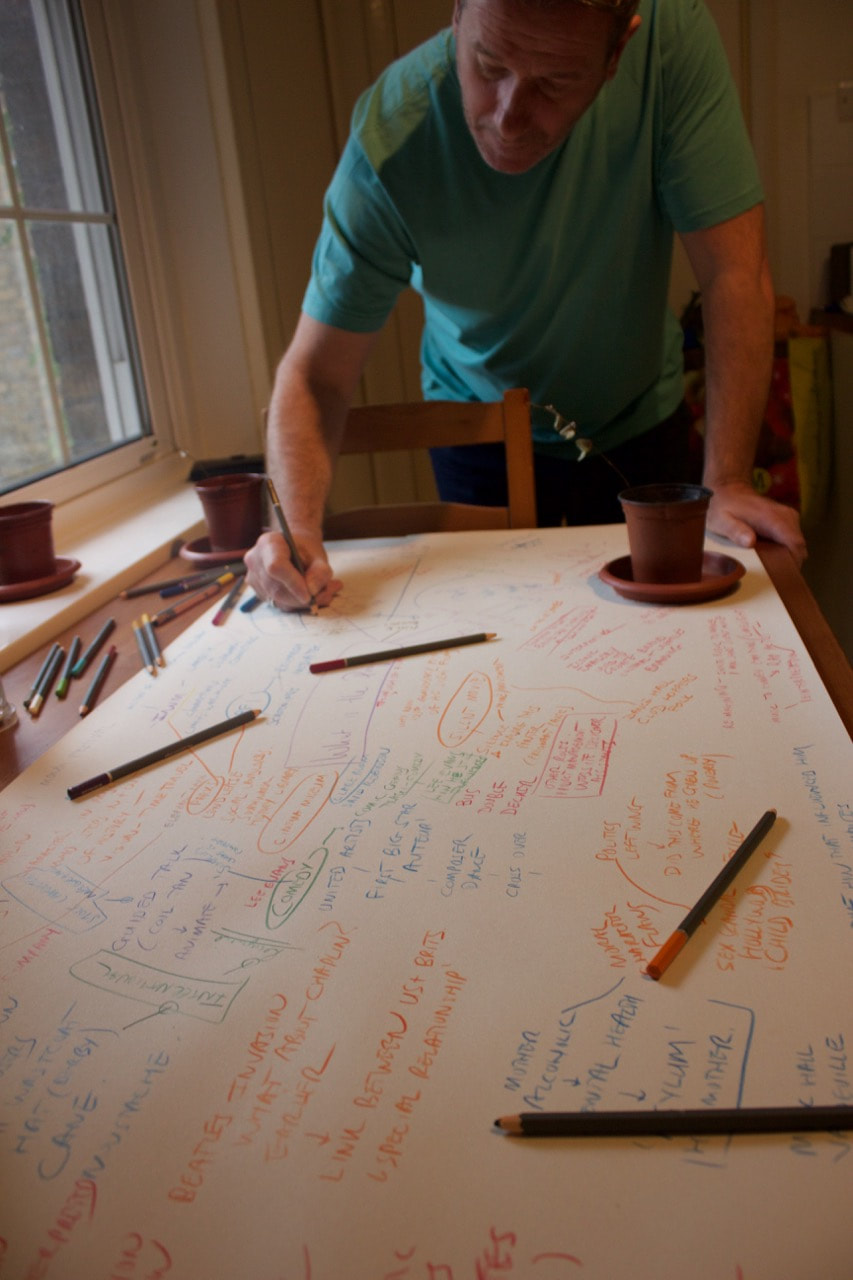
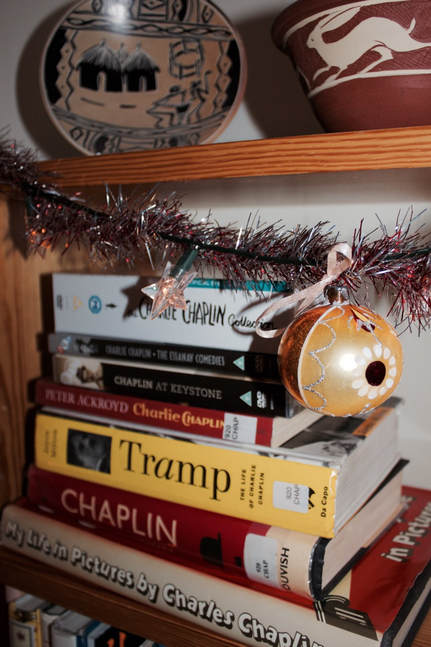
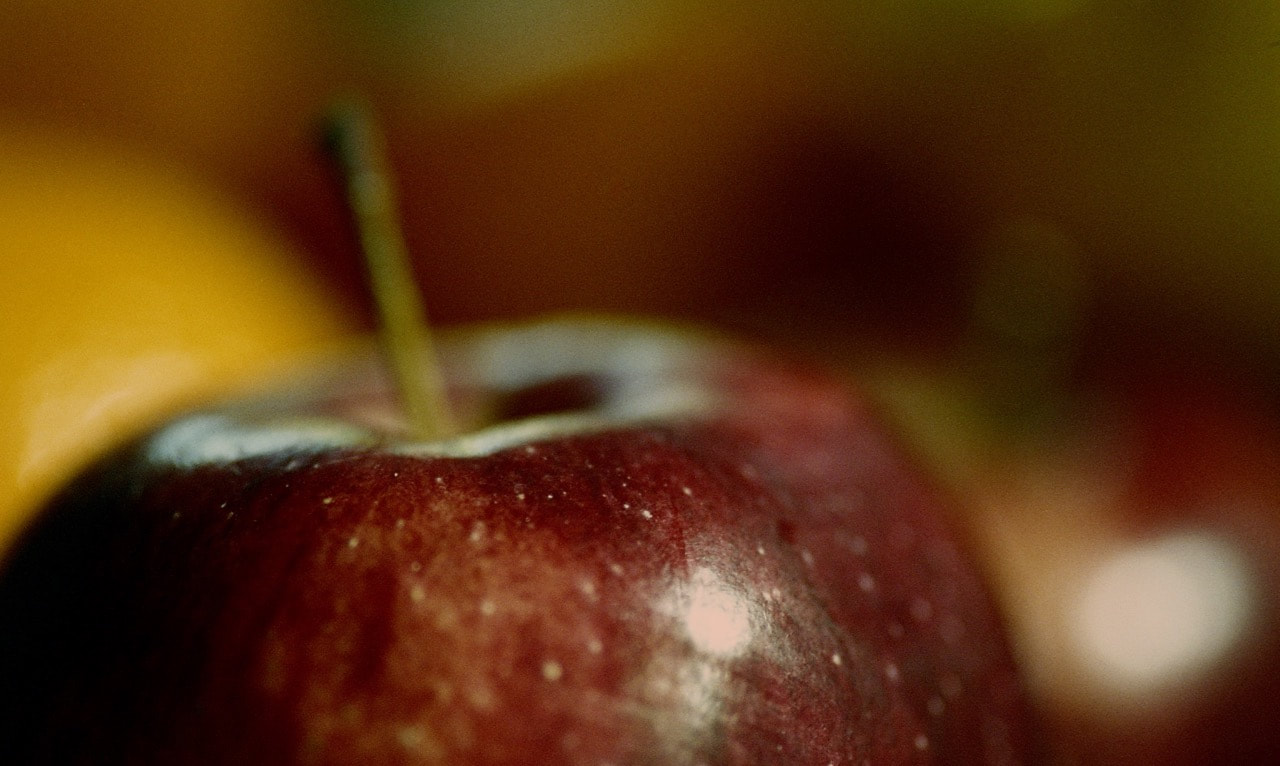
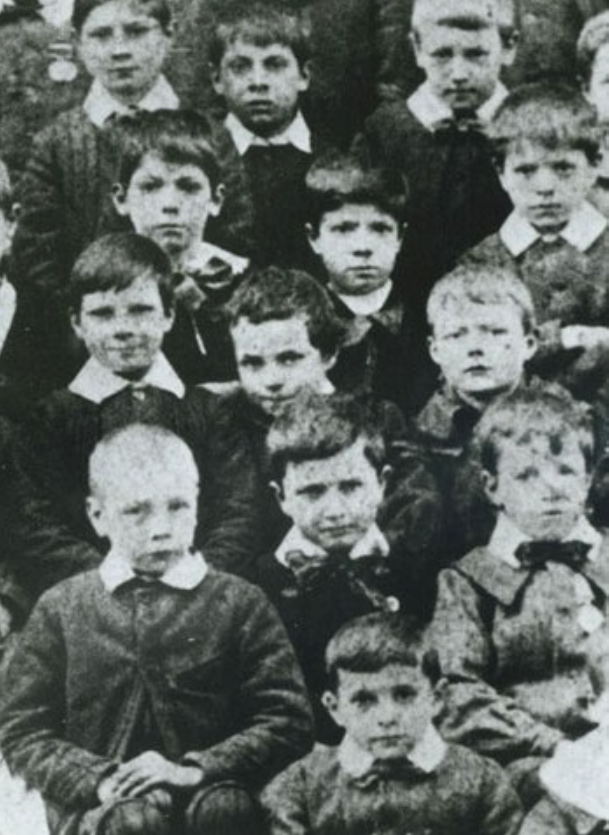
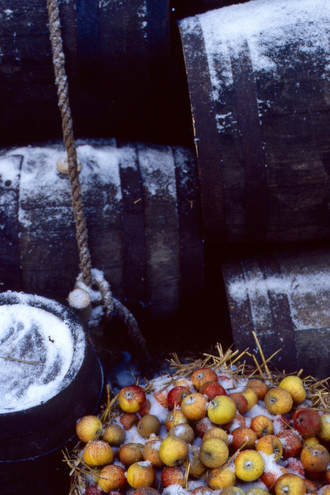
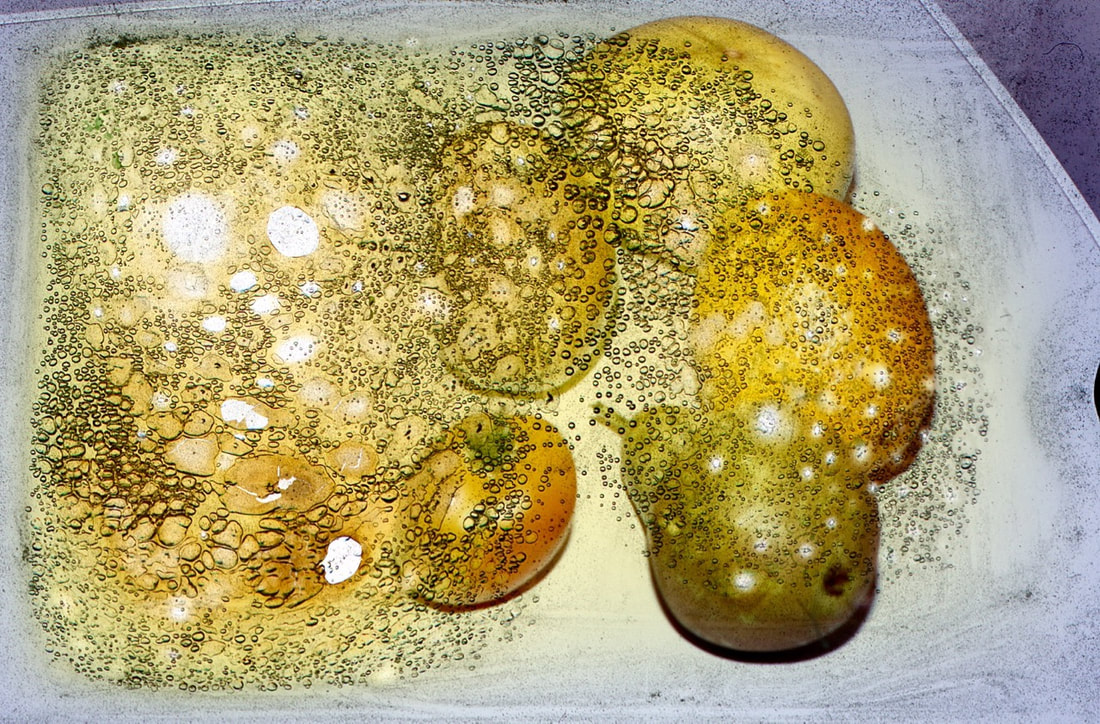
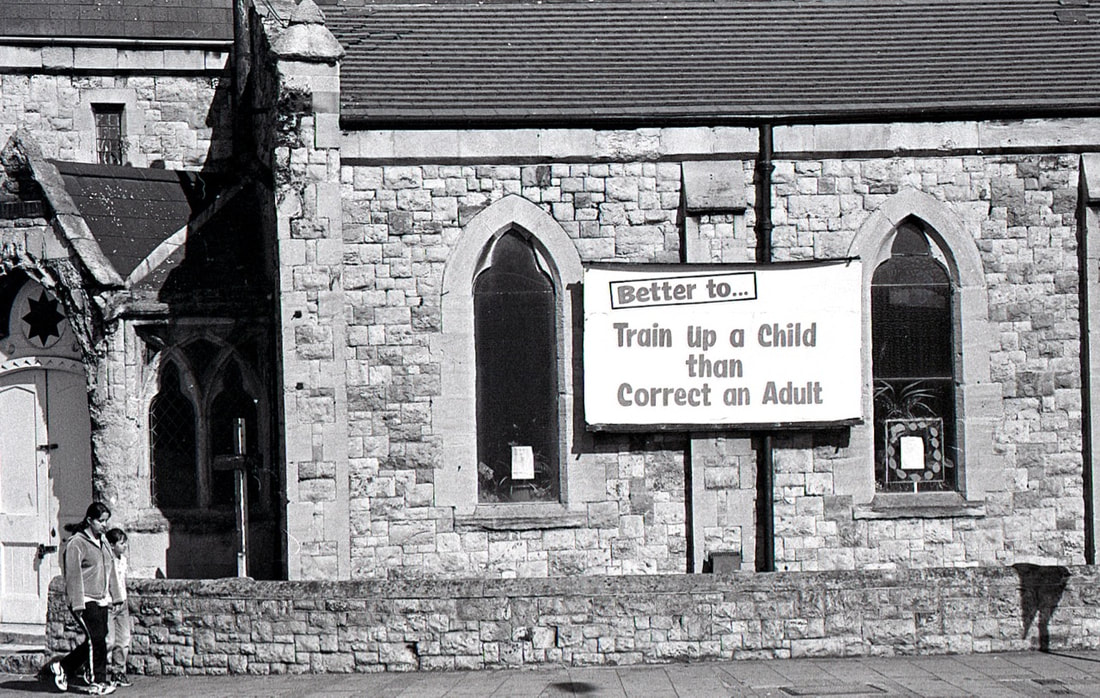
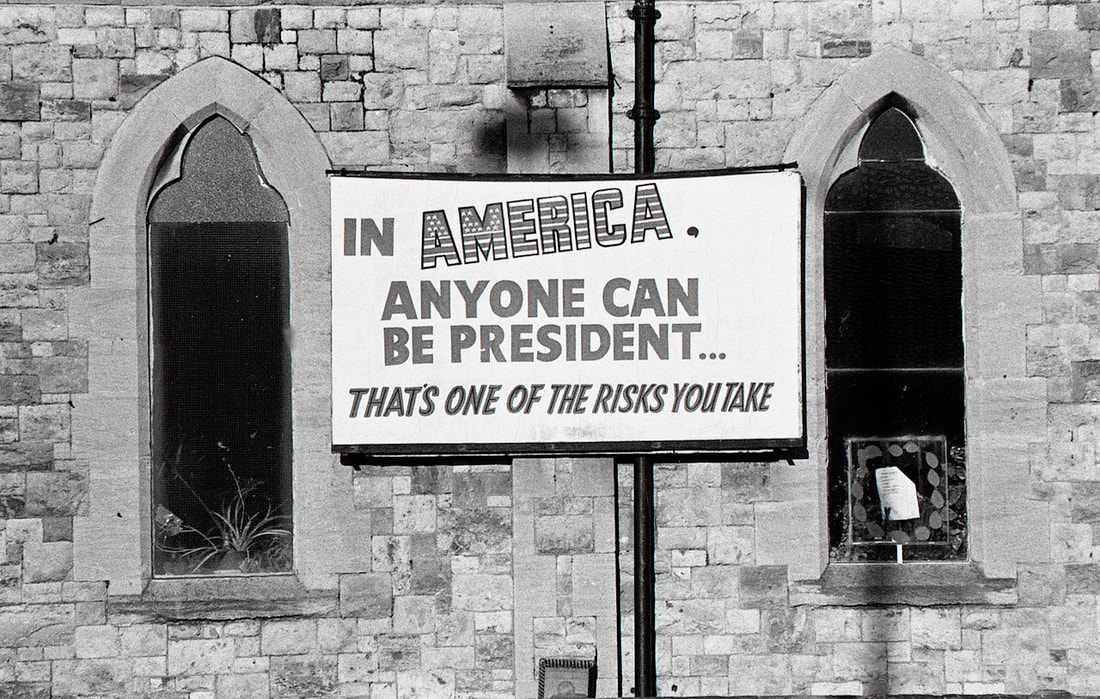
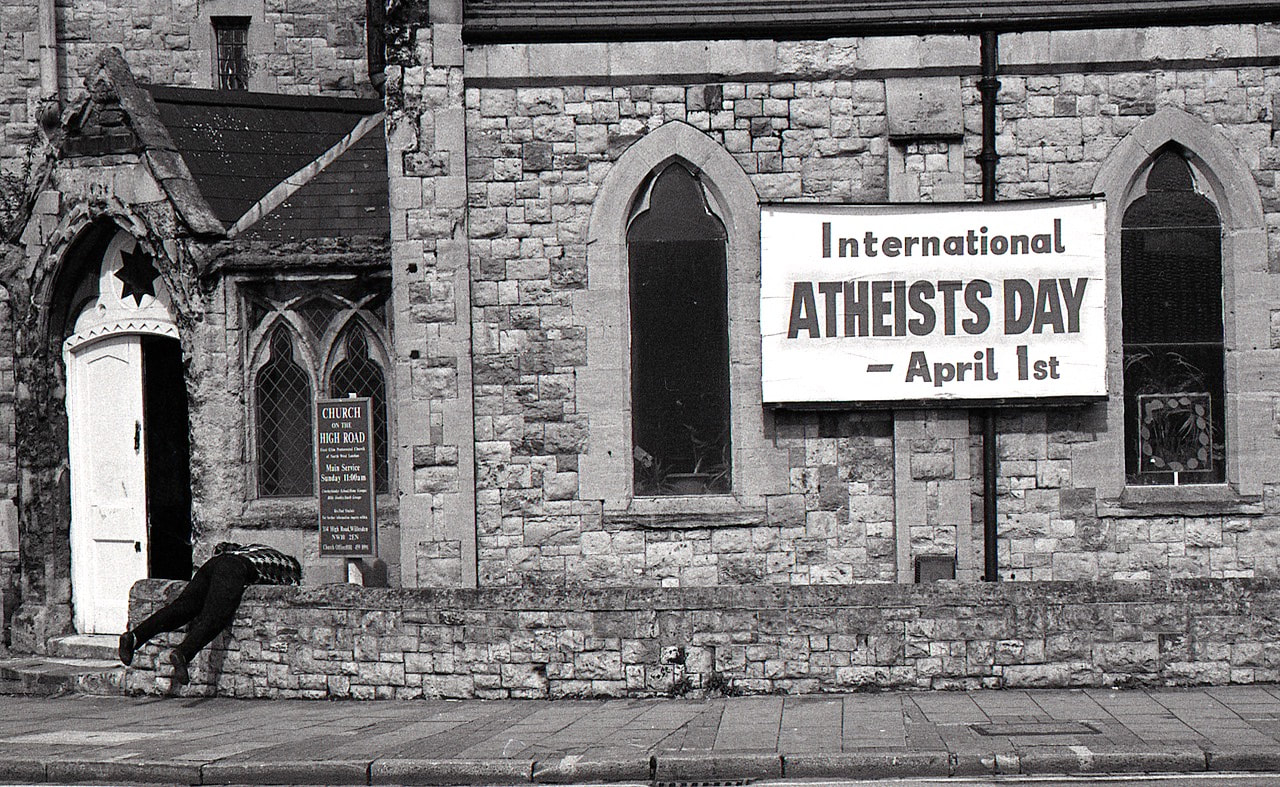
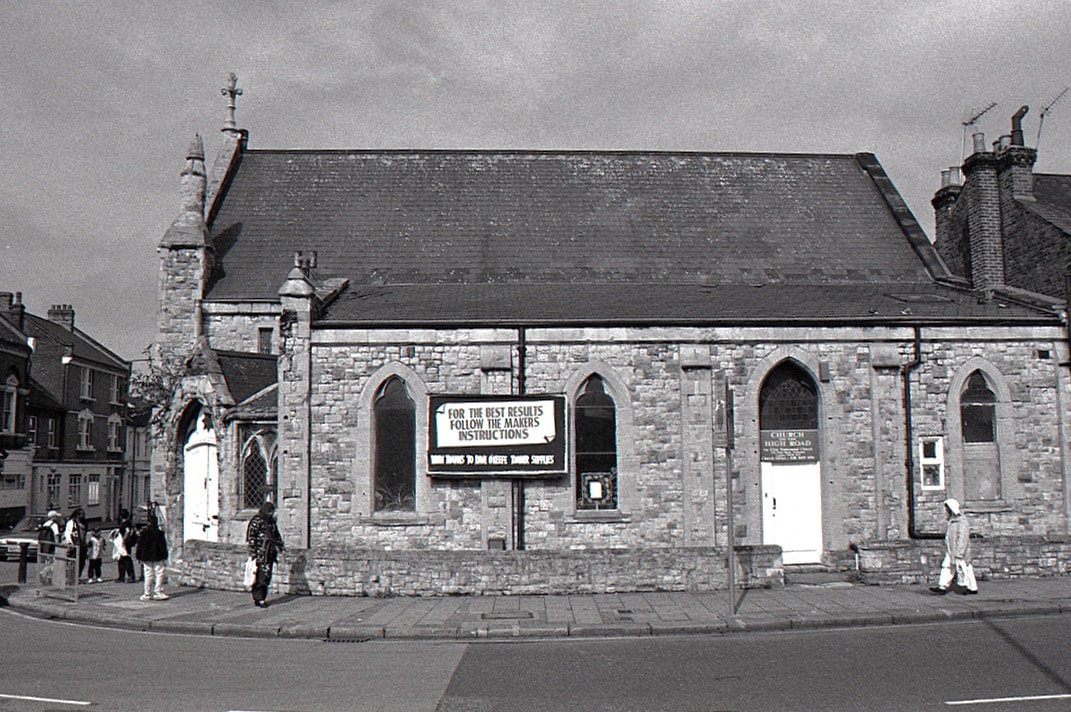
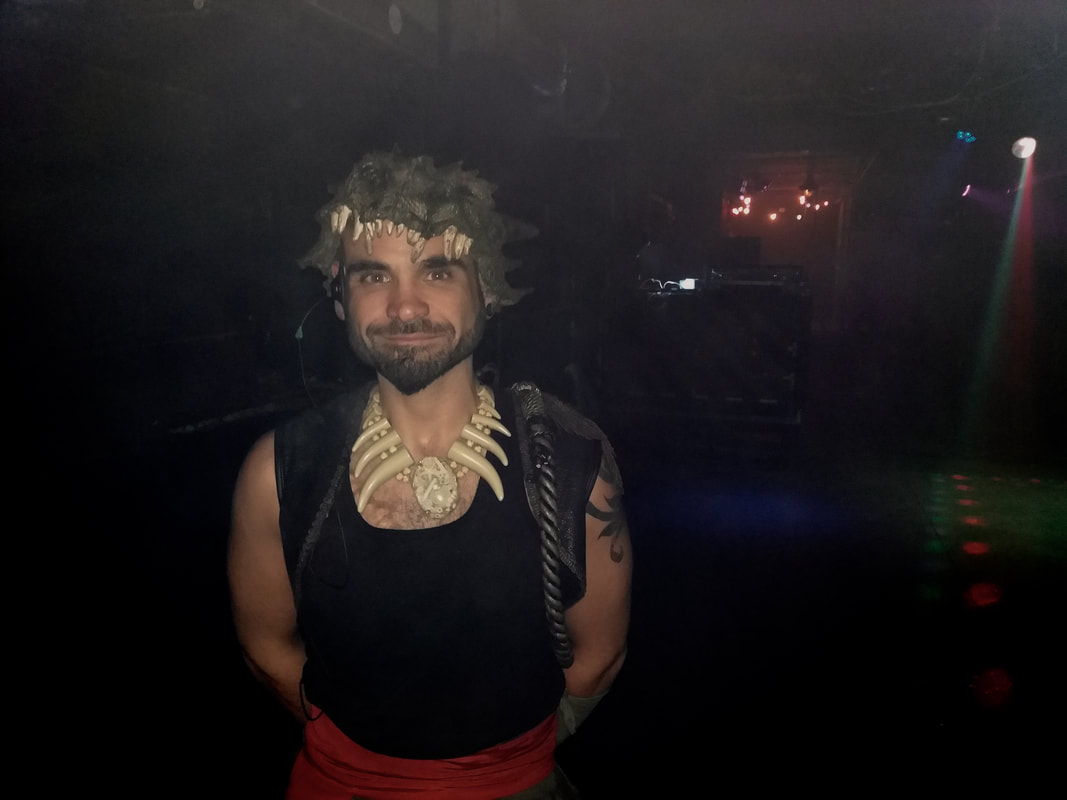

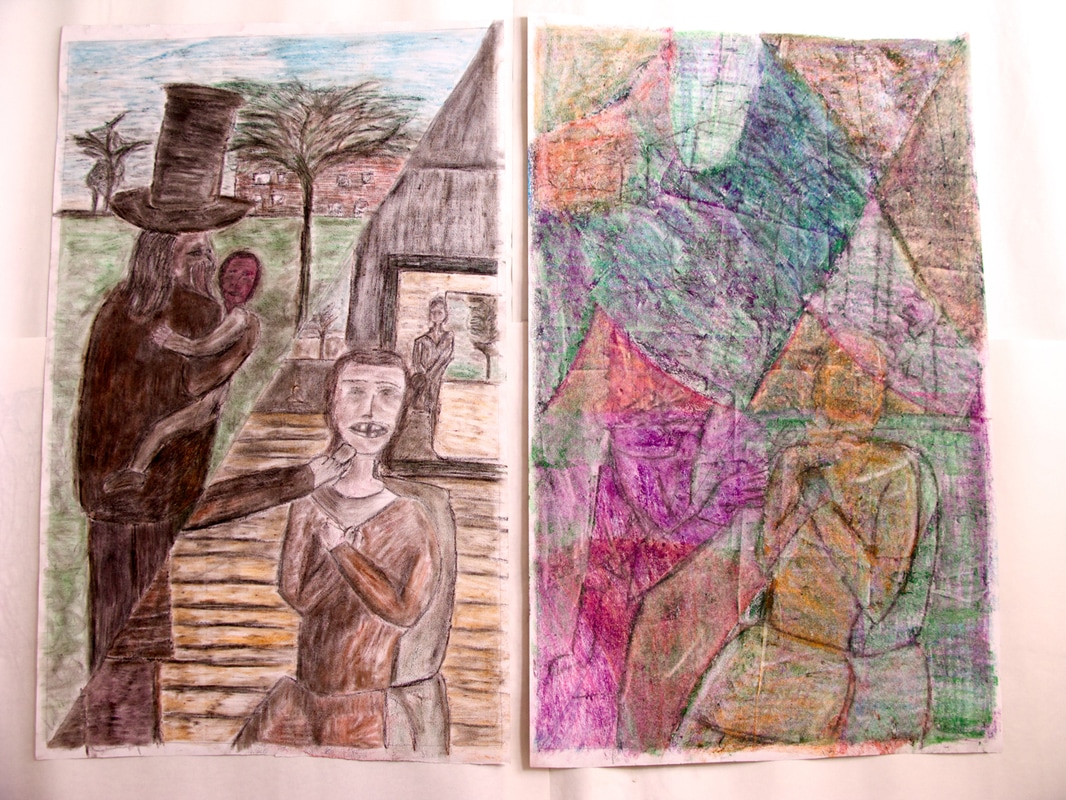
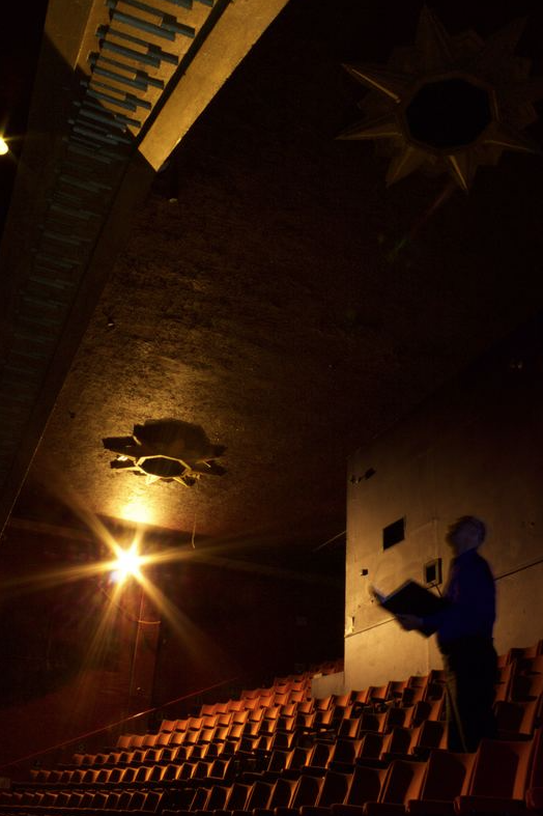
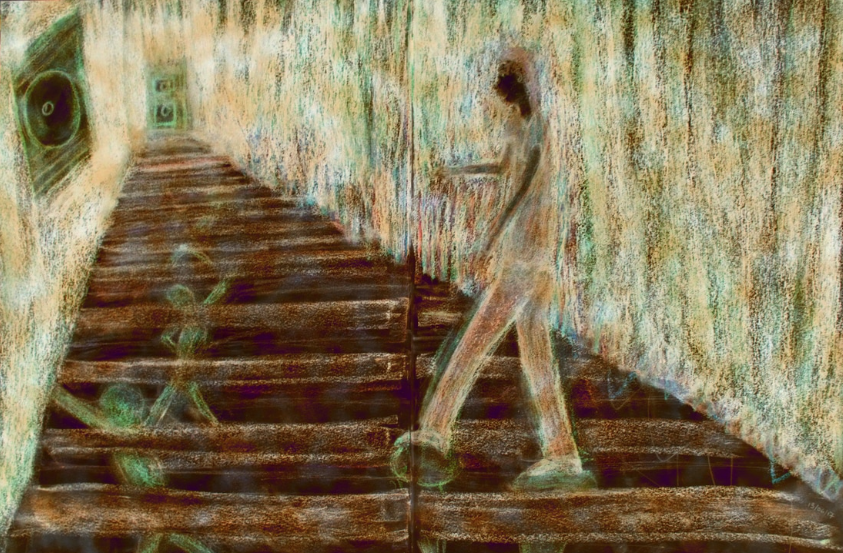
 RSS Feed
RSS Feed
